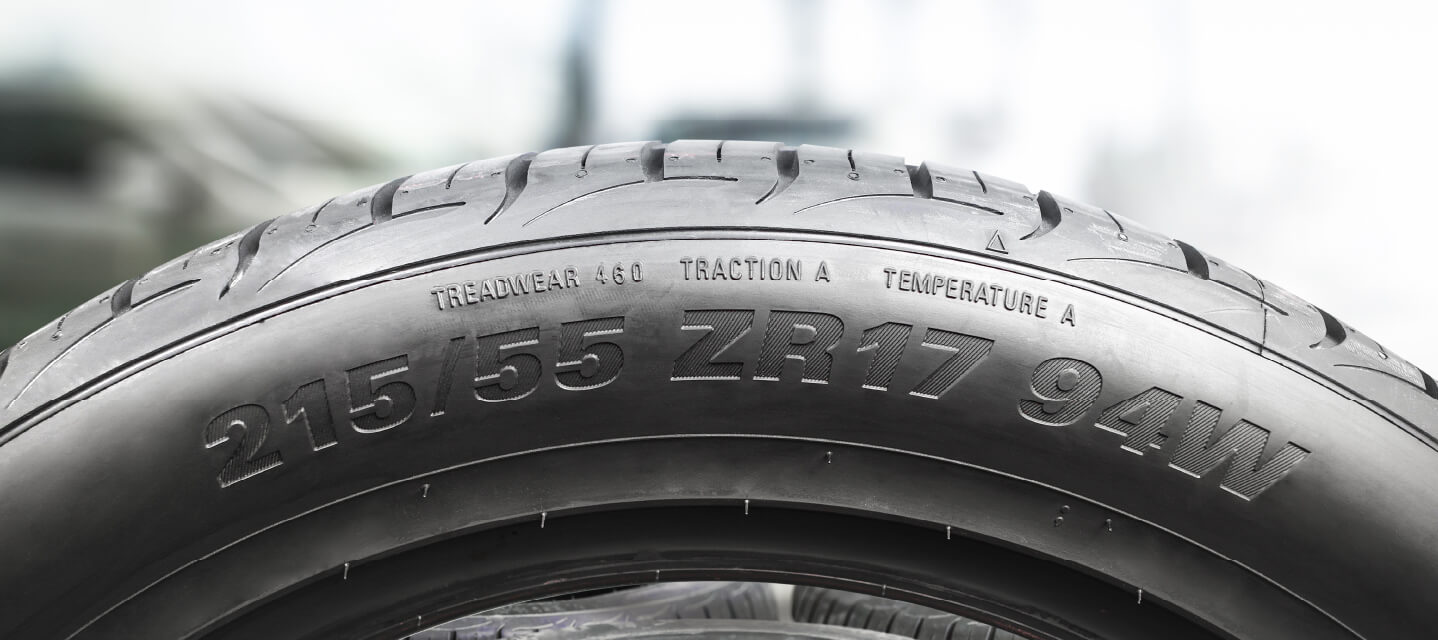Fleet risk management: A comprehensive guide
Unlock the secrets of effective fleet risk management with our comprehensive guide. Learn how to protect your fleet from risk today.

Managing fleet risk is critical for maintaining the safety and efficiency of your vehicle operations. Whether you operate a small courier and delivery fleet or manage a large transportation and logistics company, the safety of your drivers and vehicles should be a top priority. In this guide, we will look at the key components of fleet risk management, the role technology plays in mitigating fleet risk, strategies for effective management, how to implement a fleet risk management program, and how to measure its efficacy.
What is fleet risk management?
At its core, fleet risk management is about spotting, evaluating, and minimizing the risks tied to managing a fleet. It's not just about responding after something goes wrong; it's about being one step ahead, proactively identifying and neutralizing potential threats. Continuous monitoring and updating of safety procedures help fleet managers maintain control, preventing minor issues from turning into major headaches.
What are some common fleet risks?
The journey of fleet management is paved with various risks:
Vehicle collisions: These are not just common but can also be severe and expensive. Causes range from driver mistakes and poor road conditions to vehicle malfunctions.
Theft and vandalism: Vehicles and/or cargo may be targeted for theft or vandalism, leading to significant loss and damages.
Regulatory compliance: Keeping up with legal standards, such as licenses, insurance, and vehicle checks, is crucial to avoid fines.
Vehicle maintenance: Neglecting regular maintenance checks, service schedules, and necessary repairs can lead to vehicles becoming unreliable and unsafe.
Environmental conditions: Adverse weather and other environmental factors can pose significant risks to fleet operations, affecting visibility, road conditions, and vehicle performance.
Driver behavior: Unsafe driving practices, such as speeding, distracted driving and fatigue, can increase the risk of collisions and other incidents.
Why is fleet risk management important?
Implementing effective fleet risk management is crucial for businesses for several reasons.
- Improve driver and community safety
Identifying and addressing potential risks can help reduce collisions, save lives and avoid vehicle downtime. - Protect reputation
It helps avert lawsuits and the subsequent financial and reputational damage. - Boost operational and cost efficiencies
Proactively identifying and mitigating risks associated with fleet operations, companies can demonstrate to insurance providers that they are committed to maintaining safety and minimizing potential claims, which can lower insurance premiums. - Improve regulatory compliance
Ensures that fleet operations meet national and international standards, regulations, and laws related to transportation and vehicle maintenance. This can include a range of compliance standards associated with emissions, hours of service, and vehicle safety standards.
Modern tools for effective fleet risk management
Today's technology is transforming fleet risk management, offering levels of efficiency and control that were previously unimaginable. Innovations like telematics, dash cams, and advanced routing software empower fleet managers to manage risks in near real-time, enhancing overall safety and operational efficiency.
Telematics devices
Telematics devices can provide real-time data on driver behavior, vehicle performance, and location information. By analyzing this data, businesses can identify areas for improvement and take proactive measures to enhance safety.
Fleet dash cams
Fleet dash cams record the driving behavior of drivers and can be invaluable in the event of a collision or dispute. They can provide critical evidence and help determine liability. Additionally, dash cams can act as a deterrent to reckless driving, as drivers are aware that their actions are being recorded. Modern dash cams also often come with features like real-time monitoring, alerts for risky behavior and driver coaching capabilities. Preventative features like these help in reducing the likelihood of accidents by promoting safer driving habits and providing immediate feedback to drivers.
Safety and risk analytics
Safety and risk analytics tools analyze data from various sources to identify patterns and trends related to driver behavior and vehicle performance. By assessing this data, fleet managers can predict potential risks, implement targeted interventions to improve safety, and take proactive measures to prevent incidents, enhancing overall fleet safety.
Post collision management
Post collision management tools provide insights into collision events to help understand causes and to improve safety protocols. Integrating Insurtech solutions can streamline insurance processes, leading to quicker claims and potential premium reductions.
Streamlining fleet operations with advanced tools
In addition to managing risks, improving fleet operations for efficiency is important. Tools like route planning software play a significant role in achieving this goal.
Route planning is a key aspect of fleet management. By using routing software and considering factors such as traffic conditions, weather and road construction, fleet managers can plan routes to reduce risks and enhance efficiency. This not only reduces the chances of collisions but also helps in reducing fuel consumption and overall operating costs.
Strategies for effective fleet risk management
An effective fleet risk management strategy includes:
Implementing a fleet safety program
One of the fundamental strategies for minimizing fleet risk is the implementation of a custom fleet safety program. This program should include driver training, vehicle maintenance procedures, and protocols for incident reporting and investigation.
Regular maintenance and inspection
Regular checks and maintenance are essential to prevent accidents caused by mechanical failures in addition to avoiding downtime.
Driver training and education
Regular driver training sessions should be conducted to address topics such as defensive driving, hazard recognition, and the importance of obeying traffic laws. Drivers should also be trained on the use of safety features and technologies installed in the vehicles.
Understanding fleet compliance regulations
Staying on top of fleet-related laws and regulations is crucial for smooth operations.
For more information on creating a comprehensive safety program, download our checklist guide.
How to implement a fleet risk management program
When implementing a fleet risk management program, organizations should consider the following criteria:
Assess current fleet operations
Begin with an assessment of current fleet operations, identifying safety performance trends and pre-existing risks. Analyze collision data, maintenance records, and driver behavior to understand where improvements are needed.
Policy development
Develop a clear risk management policy that defines goals, responsibilities, and procedures for risk mitigation. This policy should cover aspects such as driver training, vehicle maintenance, accident reporting, and compliance with legal requirements.
Driver training and education
Implement a continuous training program for drivers focusing on safe driving practices, compliance, and emergency response. Educate staff about the importance of risk management and their role in maintaining safety standards.
Monitoring and reporting
Establish a system for ongoing monitoring of fleet operations, including regular vehicle inspections, driver performance evaluations, and compliance checks. Set up reporting mechanisms to capture incidents, analyze trends, and measure the effectiveness of risk management strategies.
Measuring the success of your fleet risk management program
Determining the success of your fleet risk management program involves setting KPIs, like collision rates, driver performance, and maintenance adherence. Regularly analyzing these metrics helps pinpoint areas for improvement and validates the effectiveness of your risk management efforts.
In conclusion, fleet risk management is an indispensable part of managing a business that relies on vehicles. By grasping its essentials, using the right technology, and implementing sound strategies, businesses can proactively mitigate risks, ensuring the safety and longevity of their fleet operations.
Talk to our sales team about your needs or request a demo to see how our solutions can benefit your fleet.
Subscribe to get industry tips and insights
The Geotab Team write about company news.
Table of Contents
- What is fleet risk management?
- What are some common fleet risks?
- Why is fleet risk management important?
- Modern tools for effective fleet risk management
- Streamlining fleet operations with advanced tools
- Strategies for effective fleet risk management
- How to implement a fleet risk management program
- Measuring the success of your fleet risk management program
Subscribe to get industry tips and insights
Related posts

Beyond the road: Enhancing school bus interior safety with advanced technology
April 10, 2025
5 minute read

Enhancing student bus safety: Combating distracted driving in the digital age
April 7, 2025
6 minute read

How a well-built fleet safety culture prevents legal trouble
March 28, 2025
5 minute read

Driver behavior monitoring systems: Fleet managers’ guide for top tools + implementation tips
March 27, 2025
7 minute read

DOT tire regulations: Fleet safety best practices + checklist
March 27, 2025
5 minute read
